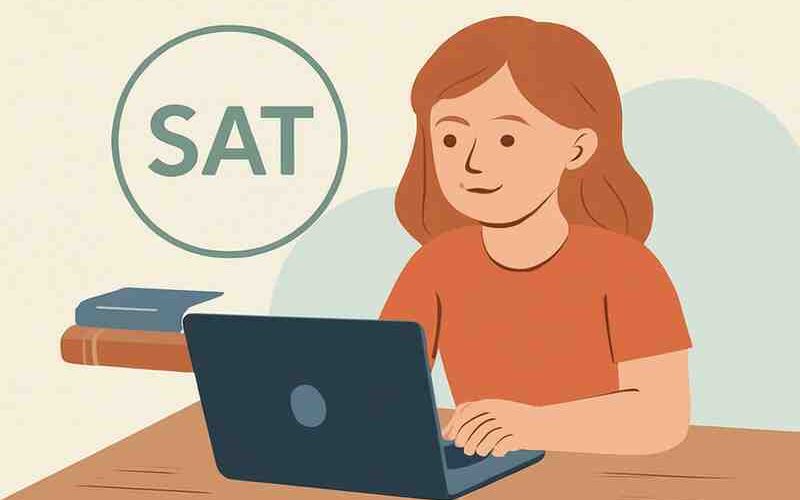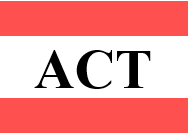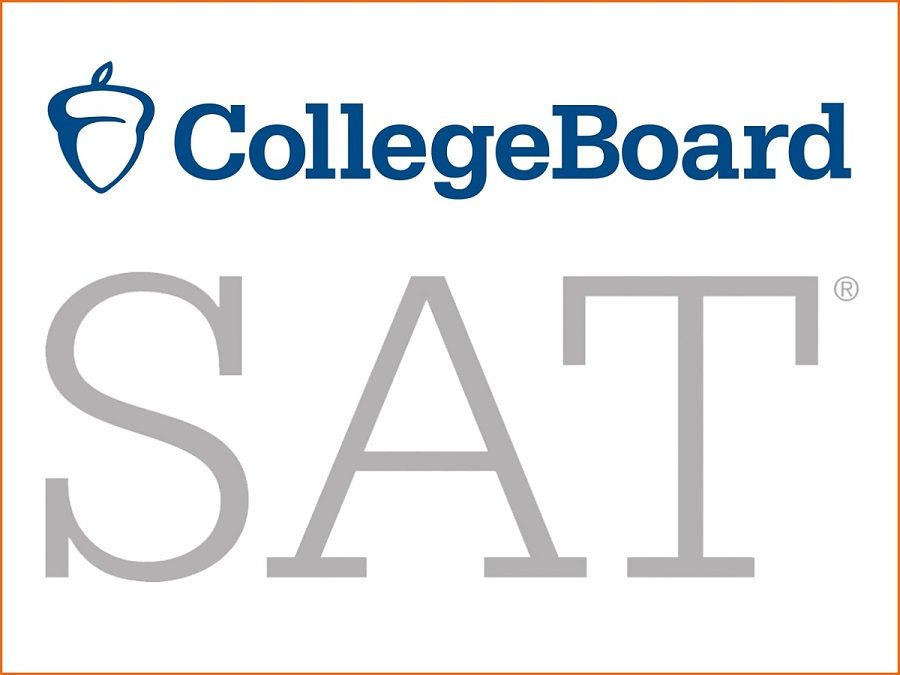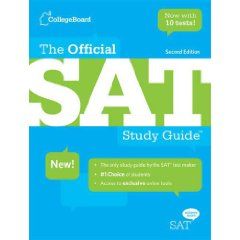Everything you need to know about preparing for the digital SAT, from apps to study strategies that actually work
Why the Digital SAT Changes Everything for Your Test Prep
If you’re a high school student preparing for the SAT, you’re living through a major shift in how standardized tests work. The SAT went completely digital, and honestly? That’s great news for your generation. You’ve grown up with technology, so why not use it to your advantage on test day?
The digital SAT isn’t just the same old test on a screen—it’s shorter, smarter, and actually adapts to how you’re doing as you take it. Plus, you get to use way better study tools than students had even five years ago. We’re talking about apps that know exactly what you need to study, practice tests that feel like games, and tools that make boring vocabulary actually stick in your brain.
Let’s break down everything you need to know to dominate the digital SAT using the tech tools you already love.
Understanding the New Digital SAT Format
The Bluebook App:
First things first—you’ll be taking the entire SAT on the College Board’s Bluebook app. Think of it as your testing headquarters. Here’s what makes it cool:
What You Get with Bluebook:
- A built-in graphing calculator (no more forgetting yours at home!)
- Digital highlighter and note-taking tools
- Timer that shows you exactly how much time you have left
- Clean, easy-to-read interface that won’t hurt your eyes
Pro Tip: Download Bluebook right now and mess around with it. Take at least a few practice tests on it before your real test day. You want using the app to feel as natural as scrolling through TikTok.
How Adaptive Testing Actually Helps You
Here’s where the digital SAT gets really smart. The test adapts to how you’re doing in real-time. If you nail the first set of questions in a section, the test serves up harder questions that are worth more points. If you struggle a bit, you get slightly easier questions, but you can still get a solid score.
Why This Matters for You:
- The test is only 2 hours and 14 minutes (way shorter than the old 3-hour marathon)
- You’re not stuck grinding through questions that are way too easy or impossible for your level
- Less time = less mental exhaustion = better performance
Strategy: Focus hard on those first questions in each section. They’re like the gateway to higher scores. If you crush the beginning, you unlock the potential for top scores.
The Best Digital Tools for SAT Prep (That You’ll Actually Want to Use)
SAT Practice Test Platforms:
There are many online SAT Practice Test Platforms. Most of them have the same functionalities, look and feel as the Blue book app.
What Makes these Apps different than Bluebooks:
- Provide the detailed Diagnostic Reports.
- Pin points the areas of improvements and strength.
- Create personalized practice problems based on what you keep getting wrong
- Predict your score and show you exactly how to improve it
- Track your progress like a fitness app tracks your workouts
Popular Options – Apps like Socrato which provides the Digital SAT as well as SAT non-adaptive test bubble sheet grading and scoring.
Mobile Apps: Turn Dead Time Into Study Time
Your phone is probably glued to your hand anyway—might as well use it to boost your SAT score. Mobile SAT prep apps are perfect for studying during those random moments throughout your day.
Perfect Times to Use Mobile Apps:
- Waiting for the bus or in carpool line
- Between classes or during lunch
- Before bed (way better than scrolling social media)
- During commercial breaks while watching TV
What to Look For:
- Apps that work offline (for when your school’s WiFi is trash)
- Quick 5-10 minute lessons that fit into your schedule
- Progress that syncs between your phone and computer
- Push notifications that actually help instead of annoy you
Smart Flashcards That Actually Work
Vocabulary is still super important for the SAT, especially for the Reading and Writing section. But forget boring paper flashcards—digital ones use something called “spaced repetition” that’s basically a cheat code for your memory.
How Smart Flashcards Work:
- They show you words you’re struggling with more often
- Words you know well appear less frequently
- The timing is based on science about how memory works
- You’ll remember way more words with less effort
Pro Tip: Aim for learning about 10-15 new SAT words per week. That sounds like a lot, but with spaced repetition apps, it’s actually pretty manageable.
Practice Tests That Don’t Suck
Online practice tests have come a long way. The best ones feel more like playing a challenging game than taking a boring test.
What Makes Modern Practice Tests Great:
- Instant feedback on what you got wrong and why
- Detailed breakdowns of your performance by topic
- Realistic test conditions that prepare you for the real thing
- Score predictions that get more accurate as you take more tests
How Often to Take Them: Start with one every two weeks, then ramp up to weekly as you get closer to test day. Always review your mistakes right after—that’s where the real learning happens.
Study Strategies That Actually Fit Your Life
Setting Up Your Digital Study Space
You don’t need a fancy desk or perfect lighting—just a setup that helps you focus and won’t crash on test day.
Your Essential Tech Setup:
- Reliable internet (if your home WiFi is spotty, figure out backup options)
- A computer or tablet that can handle the Bluebook app smoothly
- Good headphones for when you need to block out distractions
- Charger always within reach
- Blue light filter app if you’re studying late (your eyes will thank you)
Time Management That Works for Busy Students
Between school, extracurriculars, jobs, and social life, finding time to study can be rough. Here’s how to make it work:
Smart Scheduling:
- Use your phone’s calendar to block out study time (treat it like any other important appointment)
- Try the Pomodoro technique: 25 minutes of focused study, then a 5-minute break
- Use habit-tracking apps to stay consistent
- Study a little bit every day instead of cramming on weekends
Track Your Progress Like a Pro
Numbers That Actually Matter:
- Practice test scores over time (are you improving?)
- How accurate you are on different question types
- How fast you’re answering questions (speed matters on the SAT)
- How many vocabulary words you’re actually remembering
- Total hours studied (aim for consistency, not just cramming)
Mastering Each Section with Technology
Math Section: Beyond Basic Calculator Skills
The digital SAT gives you a built-in graphing calculator, which is awesome. But you need to know how to use it efficiently.
Math Tech Tools to Master:
- Graphing calculator functions (practice before test day!)
- Online math problem solvers that show step-by-step solutions
- YouTube channels with SAT math walkthroughs
- Apps that generate practice problems for your weak areas
Reading and Writing: Smart Ways to Build Skills
Digital Tools That Help:
- Grammar checking apps that explain the rules
- Reading comprehension apps with passages similar to SAT ones
- Vocabulary apps that show words in context
- Browser extensions that highlight SAT vocabulary while you browse
Using Social Features to Stay Motivated
Many SAT prep apps now have social features that can actually help you stay motivated (instead of just being distracting).
How to Use Social Features Wisely:
- Join study groups with friends who are also taking the SAT
- Share progress milestones (but don’t stress about comparing scores)
- Use leaderboards for motivation, not anxiety
- Ask questions in app forums when you’re stuck
Your Action Plan: Getting Started Right Now
The digital SAT might seem intimidating, but remember—this is your generation’s test. You’ve been using technology your whole life, and now you get to use it to show colleges what you’re capable of.
Start Today:
- Download the Bluebook app and take a practice test to see where you stand
- Pick one or two digital study tools that fit your style and schedule
- Set up a realistic study schedule that you’ll actually stick to
- Start building vocabulary using a spaced repetition app
- Take regular practice tests and track your improvement
Remember: The SAT is just one part of your college application. Don’t let it stress you out so much that you forget to enjoy your high school years. Use these digital tools to study smarter, not harder, and you’ll be amazed at what you can achieve.
The digital SAT is designed for students like you who’ve grown up with technology. Embrace it, use these tools, and show that you test what you’re made of. You’ve got this!










